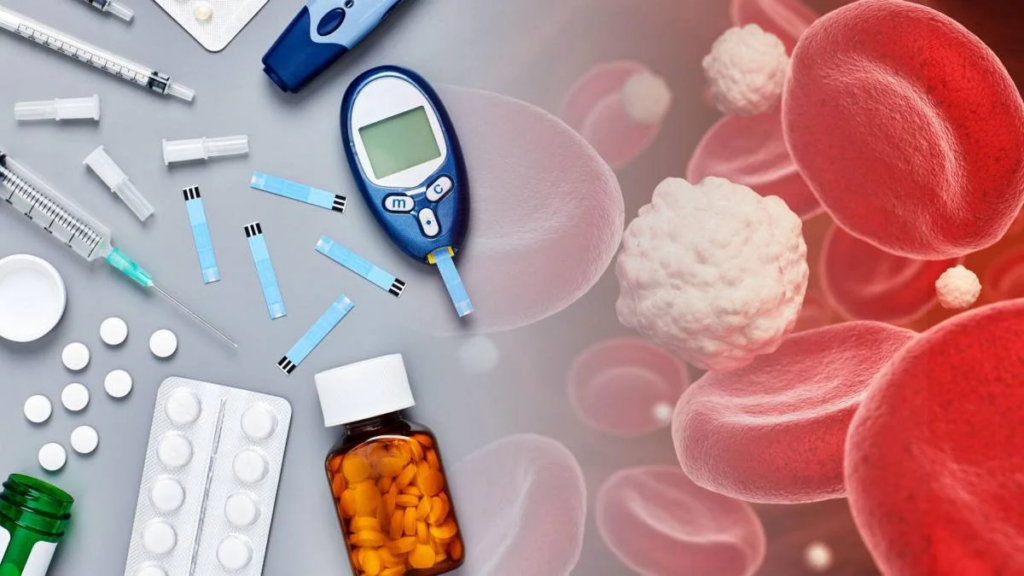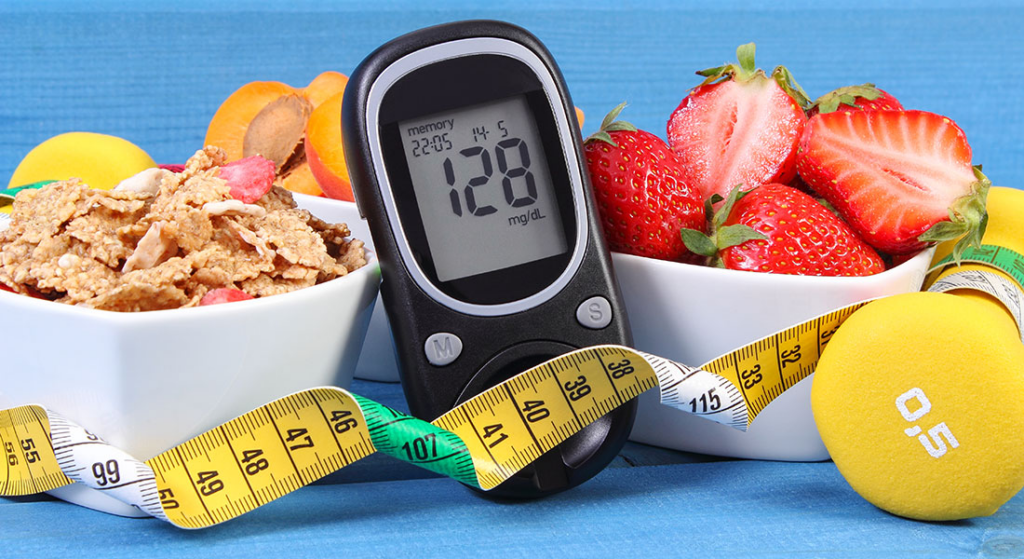A diabetes diagnosis is a crucial moment in anyone’s life as it involves significant lifestyle changes and understanding a chronic condition. Distinguishing between Type 1 and Type 2 diabetes is essential to ensure proper treatment and improve quality of life. Although both conditions are related to glucose metabolism in the body, they have different causes, symptoms, and treatments.
In this post, we’ll explore how to identify the signs of each type of diabetes, the main risk factors, how the diagnosis is made, and what you can do to manage the condition.
What Is Type 1 Diabetes?
Type 1 diabetes is an autoimmune disease in which the immune system attacks the pancreatic beta cells responsible for insulin production. As a result, there is little or no insulin production, meaning glucose cannot be used by cells as an energy source. This type of diabetes is usually diagnosed in childhood or adolescence, though it can also appear in adults.
Main characteristics:
- Rapid onset of symptoms.
- Generally diagnosed in young people.
- Requires daily insulin for management.
Common symptoms:
- Excessive thirst (polydipsia).
- Frequent urination (polyuria).
- Unexplained weight loss.
- Extreme hunger (polyphagia).
- Fatigue and weakness.
- Blurred vision.

What Is Type 2 Diabetes?
Type 2 diabetes, on the other hand, is a metabolic condition characterized by insulin resistance, meaning the body does not use insulin efficiently. Initially, the pancreas compensates by producing more insulin, but over time, production may not be sufficient to maintain proper blood glucose levels.
This type of diabetes is more common in adults but has become prevalent in children and adolescents due to rising obesity rates and sedentary lifestyles.
Main characteristics:
- Gradual symptom development.
- Associated with lifestyle and genetic factors.
- Can be managed with diet changes, exercise, and oral medications, although some cases require insulin.
Common symptoms:
- Excessive thirst.
- Frequent urination.
- Constant hunger.
- Weight gain or difficulty losing weight.
- Slow-healing wounds.
- Frequent infections, such as skin or urinary tract infections.
How to Differentiate Between Type 1 and Type 2 Diabetes?
While symptoms may overlap, there are key differences that help distinguish the two types:
| Characteristic | Type 1 Diabetes | Type 2 Diabetes |
|---|---|---|
| Age of onset | Young (childhood/adolescence) | Adults (over 40 years), but also younger individuals |
| Onset speed | Rapid | Slow |
| Insulin production | Absent or very low | Normal initially, but with resistance |
| Body weight | Normal or low | Generally overweight or obese |
| Family history | Less common | More common |
| Initial treatment | Insulin | Lifestyle changes, oral medications |

Diabetes Diagnosis
Diagnosing any type of diabetes requires a thorough medical evaluation. The doctor will analyze symptoms and perform laboratory tests to measure blood glucose levels.
Common diagnostic tests:
- Hemoglobin A1c (HbA1c): Measures average blood glucose levels over the past 2-3 months.
- Normal: Below 5.7%
- Prediabetes: Between 5.7% and 6.4%
- Diabetes: 6.5% or higher
- Fasting glucose test: Measures blood glucose levels after an 8-hour fast.
- Normal: Below 100 mg/dL
- Prediabetes: Between 100 and 125 mg/dL
- Diabetes: 126 mg/dL or higher
- Oral glucose tolerance test (OGTT): Measures how the body processes glucose after drinking a sugary solution.
- Normal: Below 140 mg/dL
- Diabetes: 200 mg/dL or higher after 2 hours
- Autoantibody testing: Used to identify Type 1 diabetes by checking for specific autoantibodies.
- C-peptide levels: Helps differentiate Type 1 from Type 2 diabetes by indicating the amount of insulin produced by the body.
Risk Factors
For Type 1 Diabetes:
- Family history of Type 1 diabetes.
- Exposure to viruses that may trigger an autoimmune response.
- Certain associated genetic conditions.
For Type 2 Diabetes:
- Age over 45 (though increasingly common in younger individuals).
- Excess weight or obesity.
- Sedentary lifestyle.
- Family history of Type 2 diabetes.
- High blood pressure and elevated cholesterol.
- History of gestational diabetes.
What to Do After Diagnosis?
Regardless of the type of diabetes, proper management is crucial to prevent complications such as cardiovascular disease, neuropathy, and kidney damage.
For Type 1 Diabetes:
- Insulin is essential.
- Frequent blood glucose monitoring.
- Adopt a balanced, appropriate diet.
- Regular physical activity.
For Type 2 Diabetes:
- Lifestyle changes, such as weight loss and healthy eating.
- Regular physical activity.
- Oral medications (e.g., metformin) or insulin, if necessary.
- Management of other conditions, such as high blood pressure and cholesterol.
Prevention and Well-Being
While Type 1 diabetes cannot be prevented, Type 2 diabetes can often be avoided or delayed with lifestyle changes.
Tips to prevent Type 2 diabetes:
- Maintain a healthy weight: Excess weight is one of the biggest risk factors for Type 2 diabetes.
- Eat well: Include fiber-rich foods such as fruits, vegetables, and whole grains, and avoid refined sugars and simple carbohydrates.
- Exercise regularly: Regular activity improves insulin sensitivity.
- Monitor your health: Get regular check-ups, especially if you have risk factors.
Conclusion
Identifying whether you have Type 1 or Type 2 diabetes is an important step in understanding your body’s needs and adopting an effective treatment plan. While the symptoms may be similar, the cause and management of each type are different, and only a doctor can provide an accurate diagnosis.
If you experience symptoms related to diabetes or have risk factors, don’t hesitate to seek medical evaluation.
There is a dietary supplement formulated to help control blood sugar levels and promote metabolic health. Its name is sugar defender.
If you want to explore more about Sugar Defender, visit the official website

This post is for general informational purposes only. It should never be considered a substitute for advice provided by a physician or other qualified healthcare professional. Always seek the advice of your physician or other qualified health provider with questions you may have regarding your health or medical condition. Some of the links above are affiliate links, which means I earn a small commission when you purchase through them, at no extra cost to you. I don’t align myself with any brand that I don’t love, use and trust 100%.

Dr. Sarah Miller is widely recognized as an influential leader in the healthcare field, with a career marked by excellence, innovation, and dedication to improving human well-being. Combining exceptional academic knowledge, clinical experience, and a deep commitment to research, she has become a reference in her specialty.






